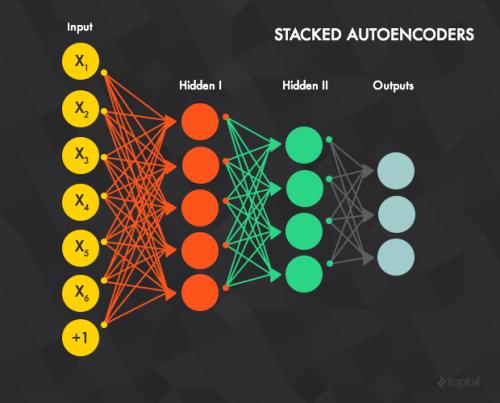This paper presents a teleoperation system that includes robot perception and intent prediction from hand gestures. The perception module identifies the objects present in the robot workspace and the intent prediction module which object the user likely wants to grasp. This architecture allows the approach to rely on traded control instead of direct control: we use hand gestures to specify the goal objects for a sequential manipulation task, the robot then autonomously generates a grasping or a retrieving motion using trajectory optimization. The perception module relies on the model-based tracker to precisely track the 6D pose of the objects and makes use of a state of the art learning-based object detection and segmentation method, to initialize the tracker by automatically detecting objects in the scene. Goal objects are identified from user hand gestures using a trained a multi-layer perceptron classifier. After presenting all the components of the system and their empirical evaluation, we present experimental results comparing our pipeline to a direct traded control approach (i.e., one that does not use prediction) which shows that using intent prediction allows to bring down the overall task execution time.
翻译:本文展示了包含机器人感知和手势意图预测的远程操作系统。 感知模块确定了机器人工作空间中存在的物体以及用户可能想要抓住的对象的意向预测模块。 这个架构允许使用交易控制而不是直接控制的方法: 我们用手势来指定一个连续操作任务的目标对象, 然后机器人自动生成一个抓取或检索运动, 使用轨迹优化。 感知模块依靠模型跟踪器精确跟踪天体的6D构成, 并使用以学习为基础的物体探测和分割法状态, 通过在现场自动探测天体来初始化跟踪器。 目标对象通过用户手势来识别, 使用经过训练的多层透视计分类器。 在展示了系统的所有部件及其经验评估之后, 我们用实验结果来比较我们的管道与直接交易控制方法( 即不使用预测的管道) 。 这表明, 使用意向预测可以降低整个任务执行时间 。



